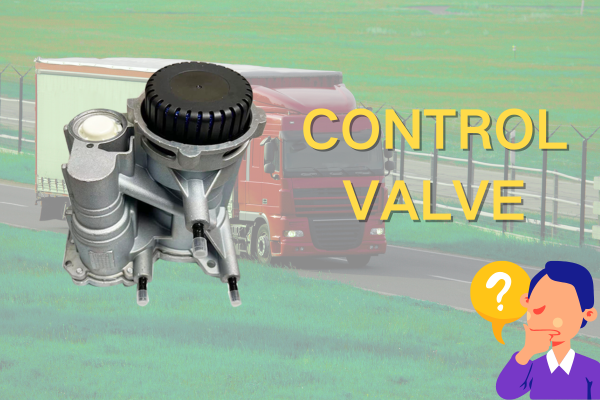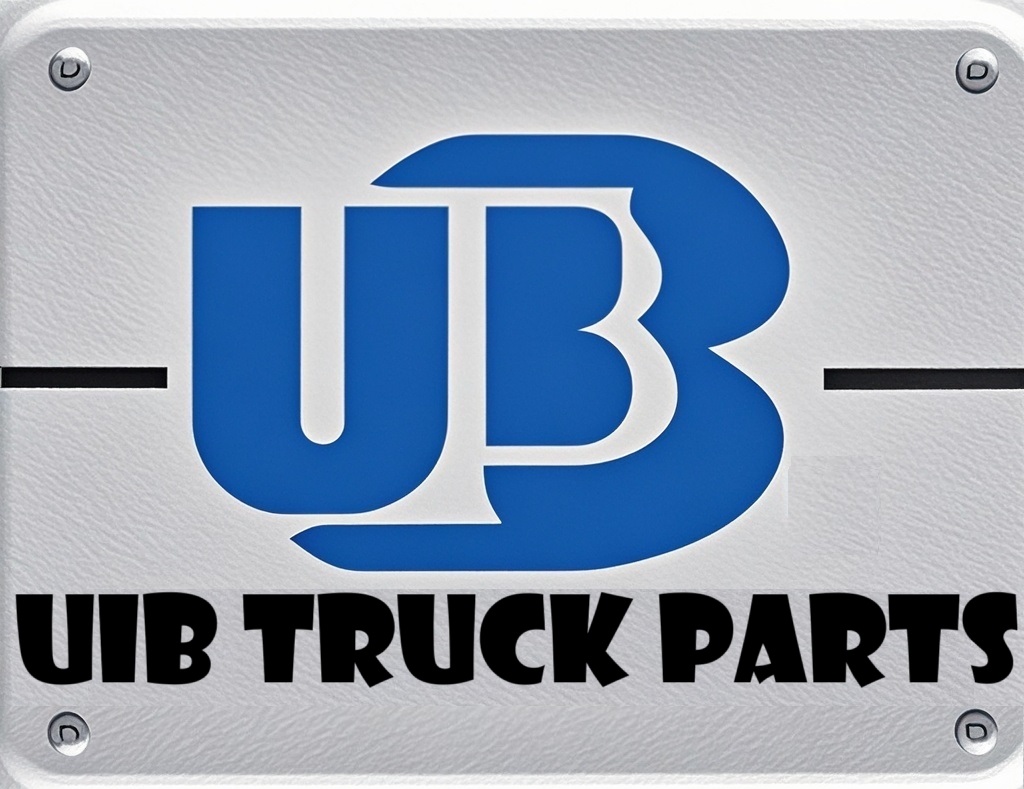About Us
Do you know what a truck suspension is? Do you understand truck suspensions?
Views : 195
Update time : 2025-06-18 10:50:53
As a crucial connecting device between the vehicle frame and the axle, the truck suspension system coordinates the functions of elastic elements, shock absorbers, and guiding mechanisms. It enables the transmission of forces and torques, attenuation of impacts, and control of driving stability. The selection of suspension technology directly influences vehicle load - bearing capacity, handling characteristics, and transportation efficiency, playing differentiated roles in various application scenarios.
I. Core Technical Components
- Elastic Elements
Steel plate springs, fabricated from high - strength alloy steel with a tensile strength of ≥1800MPa, can support a single - axle load of 13 - 28 tons. Air springs, controlled by the ECAS (Electronic Controlled Air Suspension) system, offer a height adjustment range of ±50mm, effectively reducing the drag coefficient by 15% - 20%.
- Shock Absorption Systems
Double - acting telescopic shock absorbers, integrated with hydraulic valve systems, can attenuate over 90% of road impacts within 0.3 seconds. The CDC (Continuously Damping Control) system adjusts damping force in real - time based on data from IMU (Inertial Measurement Unit), with a response time of less than 50ms.
- Guiding Mechanisms
The multi - link structure, combined with high - modulus anti - roll bars, increases roll stiffness by 40%, ensuring dynamic stability during high - speed driving.
II. Typical Application Scenarios
(I) Long - Haul Highway Transportation
Long - distance freight vehicles commonly employ air suspension systems. The automatic leveling function maintains a constant ground clearance (with an empty/full load height difference ≤30mm), reducing fuel consumption by 5% - 8%. For the transportation of precision equipment, the vertical vibration acceleration can be controlled below 0.5g, meeting the requirements of ISO 10844 transportation vibration standards.
(II) Engineering and Construction Transportation
Vehicles operating in mining areas and construction sites are equipped with reinforced steel plate spring suspensions, paired with long - stroke shock absorbers (stroke ≥200mm). These setups can adapt to slopes exceeding 20° and complex unpaved terrains. The suspension systems of dump trucks are specially designed to withstand impacts of 1.5 times the rated load per instance, ensuring reliability under long - term heavy - duty conditions.
(III) Specialized Transportation
- Oversized Cargo Transportation
Modular multi - axle suspension systems (each module containing 4 - 8 axles) use hydraulic synchronous control to achieve an even axle load distribution (deviation ≤3%). They can support loads of up to 200 tons. With a height adjustment range of ±150mm, these systems are adaptable to various clearance limitations.
- Cold Chain Logistics
Independent suspension systems, combined with rubber bushing vibration isolation technology, limit the vibration frequency inside the cargo compartment to below 10Hz, preventing cargo damage from resonance. The low - noise design (driving noise ≤65dB) meets the environmental requirements for food transportation.
(IV) Urban Distribution
Light - duty trucks utilize independent suspensions or optimized variable - rate steel plate springs to achieve a minimum turning radius (≤12m) for agile maneuvering. For frequent stop - start operations, the suspension system's response time is reduced to 0.2 seconds, increasing loading and unloading efficiency by over 20% and significantly reducing driver fatigue.
With the development of intelligent technologies, smart suspension systems integrated with sensors and AI algorithms are being increasingly adopted. These systems dynamically adjust suspension parameters based on real - time road condition analysis, driving the continuous evolution of commercial vehicle transportation towards higher efficiency and safety.
Related News
 Revealing Three Little-Known Facts About Trucks
Revealing Three Little-Known Facts About Trucks
Aug 06,2025
This article presents three little-known facts about trucks, including that the cab can be flipped for engine maintenance, the rearview mirrors are equipped with defrosting and deicing functions, and the small tank next to the fuel tank is an urea tank which is crucial for environmental protection. It helps readers understand the secrets behind truck designs and functions.
 Control Valve: The "Key Steward" in Truck Engines
Control Valve: The "Key Steward" in Truck Engines
Aug 05,2025
This article introduces the role of the control valve in the diesel pump, including controlling fuel quantity and stabilizing pressure; lists symptoms when it malfunctions, such as weakened power and increased fuel consumption; provides maintenance methods, and illustrates through cases that paying attention to the control valve can avoid unnecessary expenses.
 Control Valve: The "Invisible Commander" of Truck Power
Control Valve: The "Invisible Commander" of Truck Power
Aug 05,2025
The control valve is an indispensable core regulating component in the truck power system. Although it hides inside the machinery and keeps a low profile, it relies on its powerful functions to precisely command the rhythm of power output, comprehensively ensure driving safety, and intelligently adapt to various working conditions. With sophisticated design techniques and durable material selection, it can achieve a perfect balance between power and efficiency in various complex scenarios, and can be called the invisible cornerstone supporting the efficient and stable operation of trucks.
 Truck Snow Chains: Safety Guarantee on Icy and Snowy Roads
Truck Snow Chains: Safety Guarantee on Icy and Snowy Roads
Jul 28,2025
This article elaborates on truck snow chains, including their important role on icy and snowy roads, applicable scenarios, selection methods, installation steps, and usage precautions. It aims to provide references for truck drivers to drive safely in icy and snowy weather and reduce accidents caused by slippery roads.
